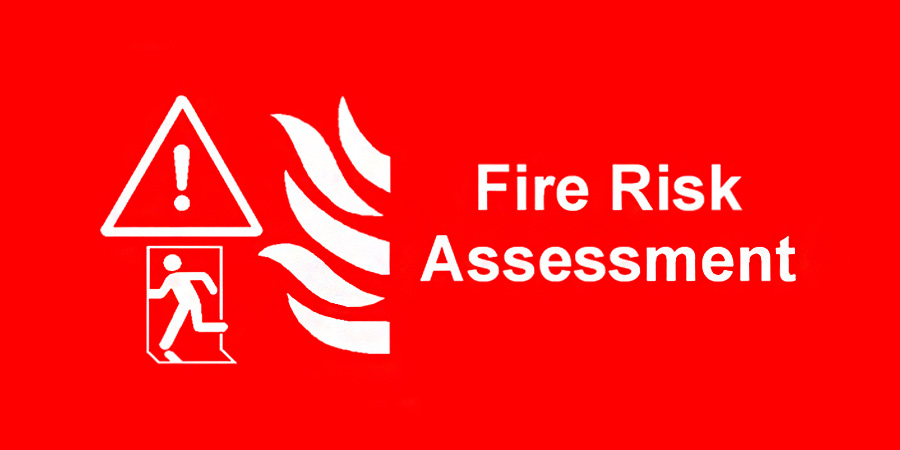


This kind of fire danger leads to. Utilize a foam, co2, or powder fire extinguisher for Class B fires. Do not utilize water for snuffing out Class B fires. This type of fire hazard includes breaker, appliances, transformers, wiring, electrical cables, junction boxes, and motors. This kind of fire threat results in.
Do not utilize water or a foam fire extinguisher for Class C fires. This kind of fire risk is commonly found in vehicle mechanic stores and commercial centers. Examples of metals understood to ignite quickly are potassium and salt. This kind of fire danger results in. Usage only a dry powder extinguisher for Class D fires.

Example: Combustible Material (gases, liquids, paints, thinners, glues) Are existing control procedures appropriate? Yes If yes, intricate Combustible products are saved and identified properly Second Step: Determine Individuals At Danger Identify individuals at threat and where they are likely to be discovered around the premises. This action might require examining individuals with disabilities to discuss specific needs.
Example: Combustible Material (gases, liquids, paints, thinners, glues) Are existing control procedures suitable? Yes If yes, fancy Flammable materials are stored and labelled properly Workers Visitors/ contractors Lone employees, e. g. cleaners, security staff People with disabilities Third Step: Evaluate, Remove, Reduce, and Safeguard Individuals from Threat Utilizing the info gathered from actions 1 and 2, start assessing the management of the premises to identify circumstances and any acts or omissions that may present a fire threat.
Once you have actually evaluated the dangers, eliminate or decrease the hazards you've identified by recommending actions and preventive measures. Example questions for evaluating: Are ignition sources managed to decrease the chances of fire? Are flammable materials avoided ignition sources? Are all windows and openings closed last thing at night? Is your emergency alarm system adequate for your facilities? Will everyone be cautioned if the emergency alarm operates? Are all fire escape easily recognized by the proper signs? Are escape paths devoid of blockage and storage? Fourth Action: Record, Plan, Inform, Instruct, and Train This step involves recording all the substantial findings and actions you have actually taken or will take when you carry out the fire danger evaluation.
